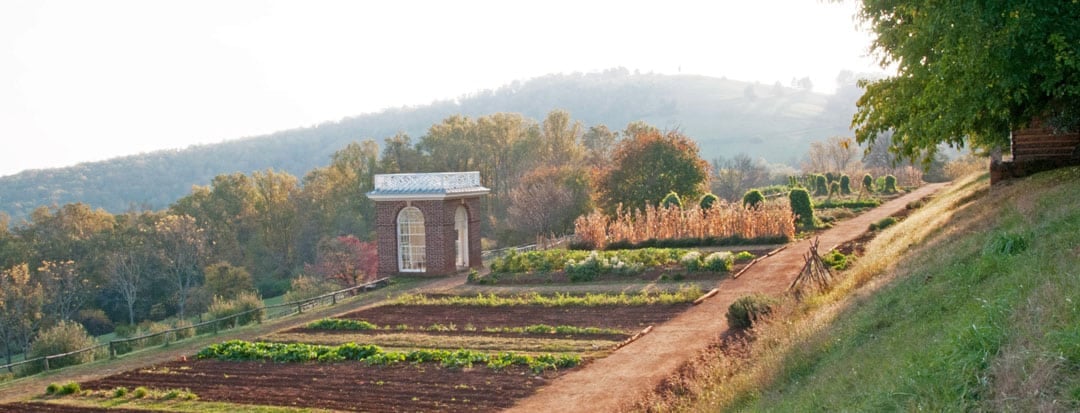Staying at home is not only keeping you healthy but also giving you a great opportunity to discover a new hobby. Picking up a new interest that relieves your stress while also providing you with food is a great way to use your time productively, so what better skill to learn at the moment than gardening? In this video, Jessica Bryars, Assistant Manager of Nursery Operations for the Center for Historic Plants at Monticello, walks you through how to plant and propagate vegetable seeds at home so you, too, can start your own garden.
What Gardening Materials You Will Need.
In order to begin properly planting your vegetables, you need to prepare the materials you will use. Bryars recommends that along with high quality seeds you should gather a soft germination medium (you can easily find potting mixes at Ivy Nursery or another local gardening shop), a watering can, a spray bottle to mist your plants with water, and a container (this can be anything—even empty toilet tissue rolls or old newspaper works great—as long as the container has drainage). Once you have gathered all of this, you’re ready to begin planting!
How to Prepare Your Gardening Containers.
Start by filling the container completely with your chosen potting mix. Once full, gently tap the bottom of the container to the surface you’re working on to make sure the dirt has settled, but don’t pack it in too hard. In order to properly germinate, the seeds will need room to breathe. When done, the container should be loosely full but not crammed. Using your watering can, soak the prepared containers, making sure all of the germination medium is covered. This is why drainage in your containers matters—when soaking, drainage ensures that your containers do not become overly full.
Tips for Planting Seeds.
As a general rule, Bryars recommends that seeds be planted at a depth equal to three times their diameter. This means that smaller seeds should be planted at a shallower depth than larger ones to ensure that each seed is getting the proper amount of nutrients it needs. Once you make your indentations for each cell of your container, place two seeds into each. Planting two seeds together increases the likelihood of each cell yielding a germinated plant on the off chance a seed doesn’t take to the soil.
Finishing the Planting Process.
After placing your seeds at an appropriate depth, lightly cover them with dirt to refill the container to its previous capacity. Rather than using your watering can to soak the soil on top of the seeds, use the spray bottle. This prevents the seeds from moving and soaks the soil while maintaining the work you did in placing the seeds.
How to Care for Your Seeds.
Once finished, place the container somewhere warm. Until the plants have broken the surface, the amount of light reaching them does not matter, so most locations in your home work great. Then, move to a sunny window and continue watering them every day until they grow enough to be moved outside or into a larger container, then watch them grow into delicious vegetables for you and your family! ~

